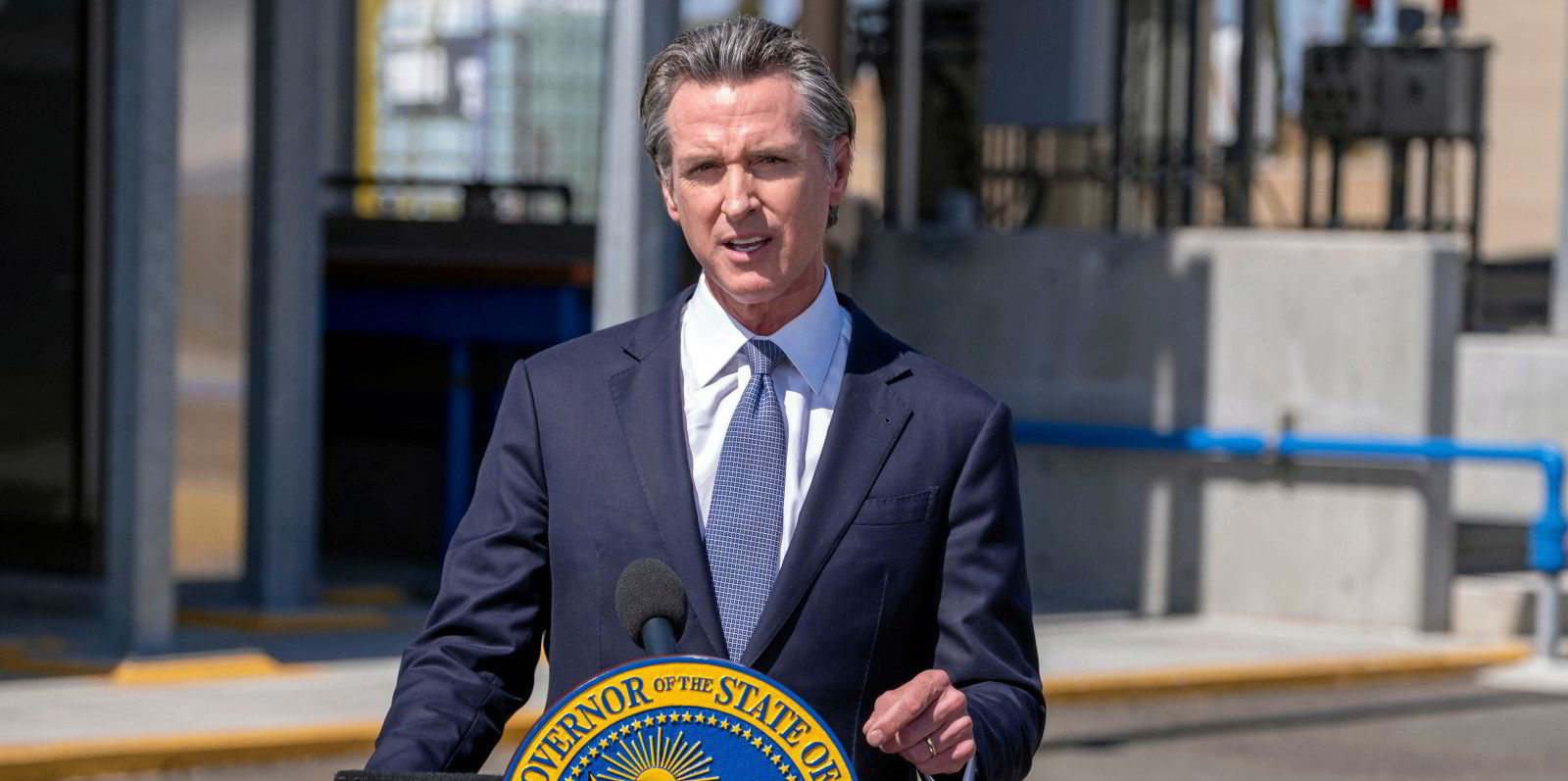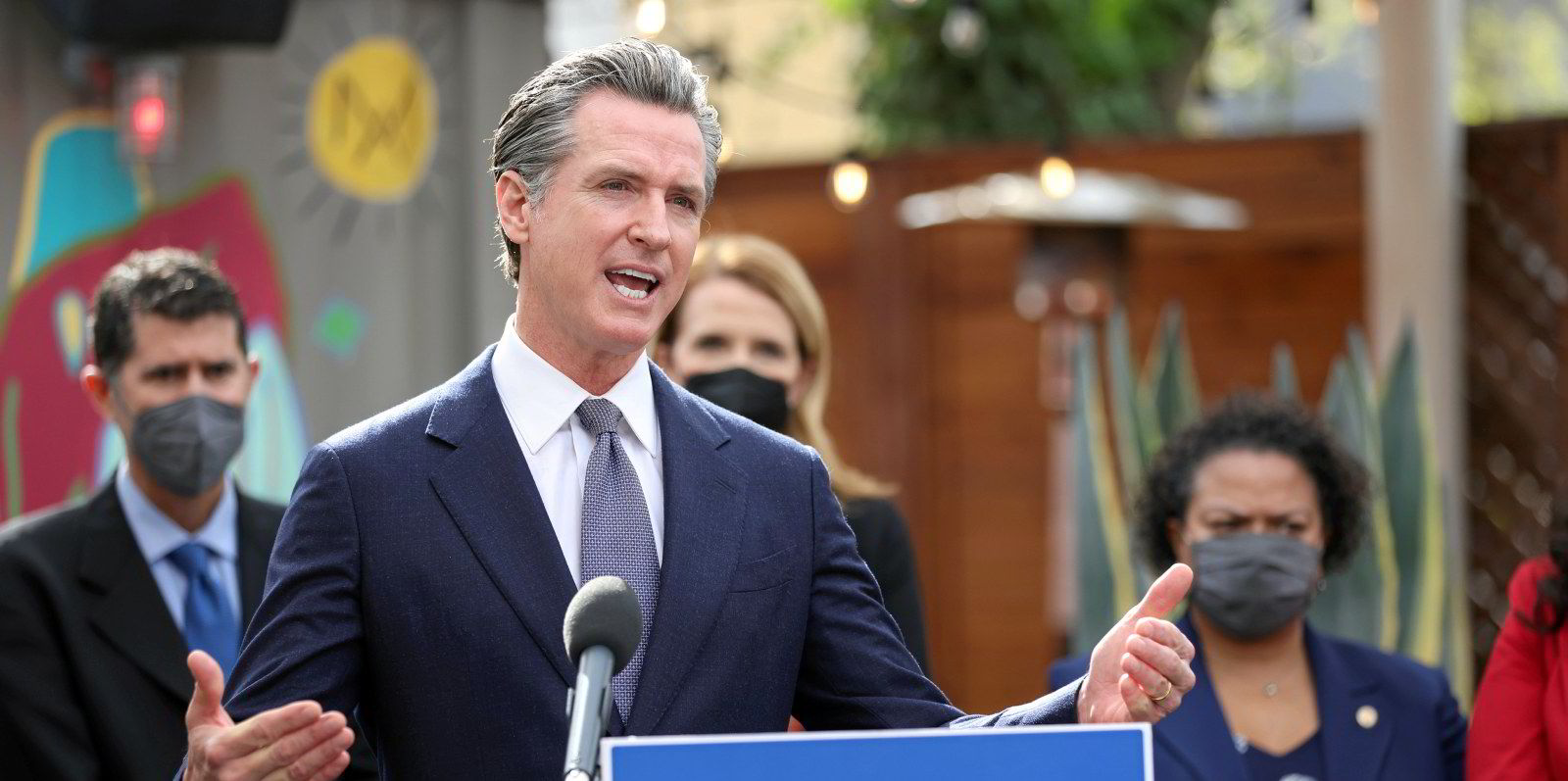The California Energy Commission (CEC), the state agency charged with setting energy policy, has outreached calls from key stakeholders including state governor Gavin Newsomby raising non-binding state 2045 planning goals for floating wind from 20GW to 25GW, while increasing its 2030 target from 3GW to 5GW.
The CEC is required under AB525, the offshore wind statute signed last September, to submit a report to the state legislature and the California Natural Resources Agency (CNRA) laying out the state's offshore wind planning goals for 2030 and 2045. The CEC initially intended to submit its report 1 June this year, and as of May had set preliminary targets of 3GW of offshore wind by 2030 and 10-15GW by 2045 and up to 20GW by 2050.
However, calls by stakeholders and think-tanks, including a research team from the University of California Berkeley, urged the policy planner to go bigger, to as high as 50GW by 2045, and the CEC withdrew its preliminary report to consider higher targets.
Governor Newsom added his voice to an open letter to state agencies urging “bold action” on climate change, including “ask[ing] the CEC to establish an offshore wind planning goal of at least 20GW by 2045”, the CEC noted.
“California is home to one of the world’s best offshore wind resources in the world and I am confident that this clean, domestic source of electricity can play an important role in meeting our state’s growing need for clean energy,” Newsom wrote.
The CEC said that it was able to raise Newsom's goal by 5GW based on technological advances and strong interest in the sector.
“While the best available data and science supports the feasibility of at least 20GW by 2045... the offshore wind industry, including floating turbine technology, continues to quickly evolve,” the agency said. “The 25GW target signals that the state sees a need for additional capacity and developing a threshold for creating the momentum necessary to unlock a robust offshore wind industry in California.”
The preliminary planning goals “are designed to be potentially achievable but aspirational and are established at a level that can contribute significantly to achieving the climate goals”, the CEC said, but do not form procurement targets nor “commit California to those deployment levels”.
The report will be finalised at a CEC commissioners meeting 10 August, and will then be formally submitted to the California state legislature and the CNRA.
Adam Stern, executive director for Offshore Wind California, a trade group of offshore wind developers and technology companies, told Recharge, “this is excellent news for California’s offshore wind industry, workers, and electricity ratepayers.”
“Reaching 5GW of offshore wind power by 2030 will position California to meet and even exceed its 25GW goal by 2045,” he said.
Jonah Margulis, senior vice president of US operations for Aker Offshore Wind told Recharge: “setting larger goals is important because scale matters. It provides industry and those along the supply chain with the confidence they need to invest in a domestic supply chain, ports, training and infrastructure [and] in much-needed transmission development.”
Aker is part of a consortium proposing to develop the Redwood Coast offshore wind project near Humboldt in northern California with an initial 150MW capacity by 2025.
The CEC, however, cautioned that it lacked sufficient data and the necessary policy framework to set more precise goals.
“Much of the necessary data has not been gathered and a strategic plan not set...[which] could result in refining the offshore wind MW planning goals,” the agency noted.
California has some of the nation’s top wind resources, estimated by the National Renewable Energy Laboratory (NREL) at 200GW of technical potential, with wind speeds particularly along the state’s northern coastlines exceeding 9.5 metres per second, as well as a huge economy and population of nearly 40 million to drive demand.
The Bureau of Ocean Energy Management (BOEM), the regulator of energy development in federal waters, has proposed a lease auction for the end of this year for 373,000-acres in the Morro Bay and Humboldt wind energy areas (WEA) with up to 4.5GW of capacity which has already attracted 23 qualified bidders, including some of the world’s top offshore wind developers, such as Equinor, RWE, Shell New Energies, and Total.
Yet the industry will face multiple hurdles, including deep waters exceeding 1,000 metres, requiring nascent floating platforms, as well as a severe lack of port or supply chain capacity, qualified personnel, and transmission infrastructure.
The CEC based the planning goals primarily on the mandates of SB100 – the 2018 California state law calling for 60% renewable energy by 2030 and 100% clean energy by 2045, as well the need to quickly begin addressing bottlenecks that could derail the industry’s rollout.
While the CEC’s long term planning goals are ambitious, the agency took a more cautious tack with the short term 2030 goal by expanding it from 3GW to a range from 2GW to 5GW.
The 5GW upper range assumes that the capacity in the BOEM lease areas set to be auctioned is off is fully developed to beyond its 4.5GW capacity, while the lower number recognises the uncertainties facing the industry.
“Achieving a 2030 online date for any proposed offshore wind project will take a significant mobilisation of effort and resources, and timely infrastructure investments, among other factors,” the CEC said. “The CEC will work with state and federal partners to identify process steps and milestones that could allow for a 2030 online date for California’s first offshore wind projects.”
The planning goals report is one of three required under AB525, and will be followed by reports on economic benefits specific to offshore-wind related port and workforce development, and a third drawing a permitting roadmap for the sector.





